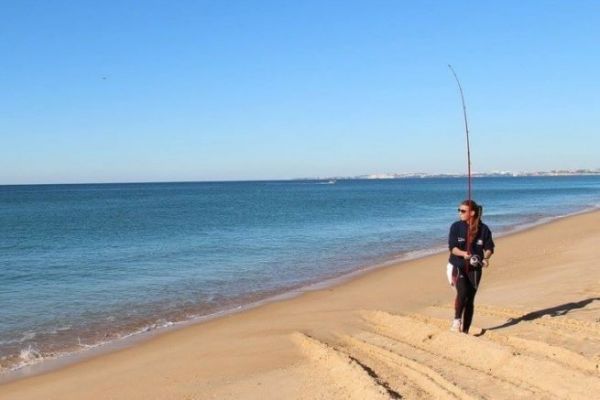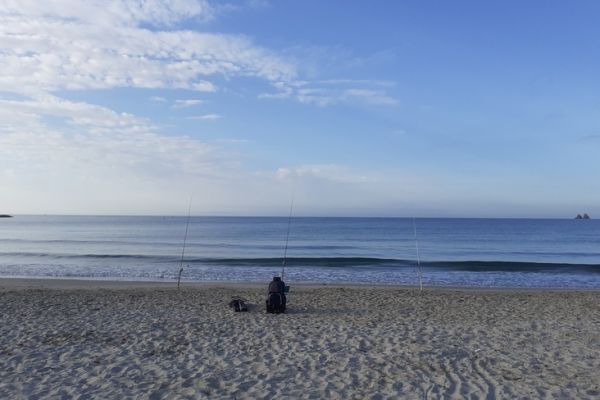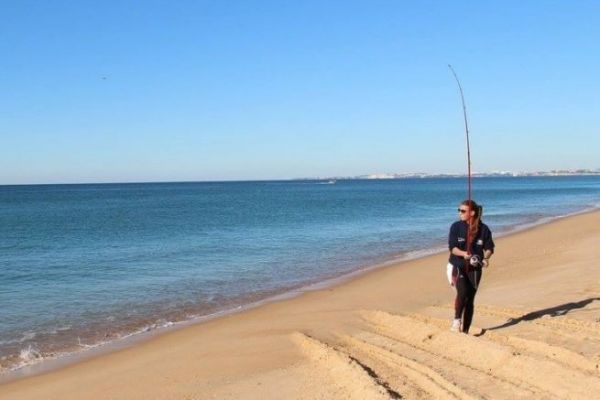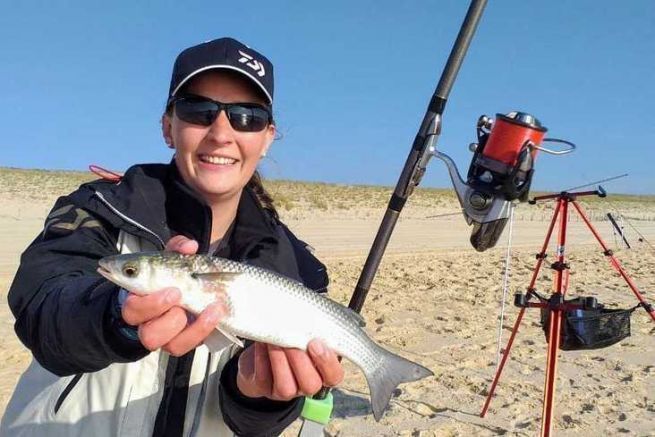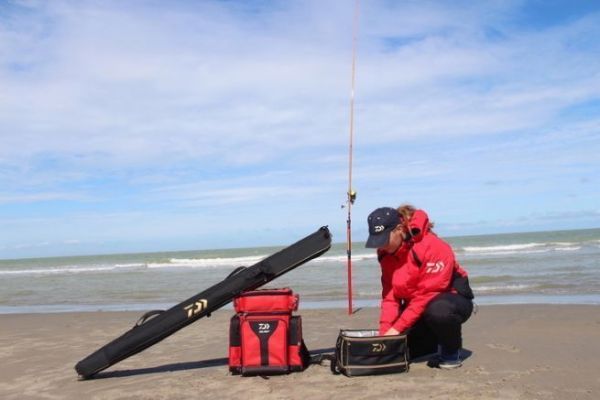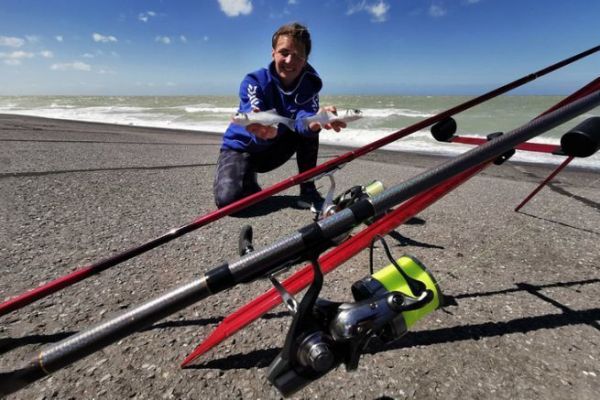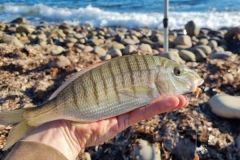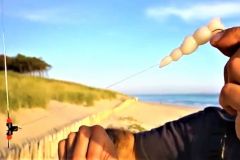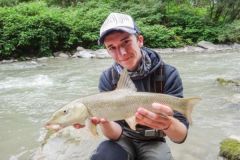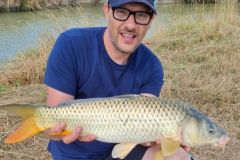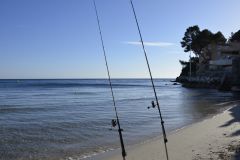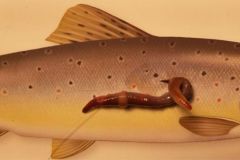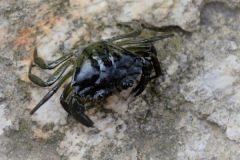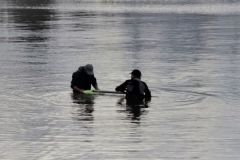It's time to bring out the forgotten cane
We all have in a corner of the cellar, garage or attic, a big old fishing rod lying around. An inheritance from a parent, a relic of a past fad or a distant vacation. Indeed, many people have already practiced surfcasting, a rare sport that does not require a license or a boat. What if you took out that unfortunate rod again ? I hope to convince you through my articles !
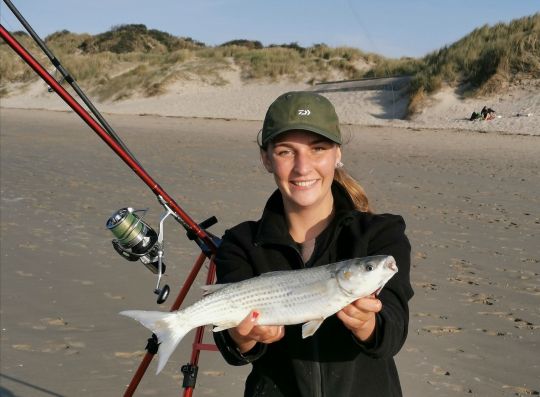
Surfcasting : Surfing in the wave !
Literally, "surfing" - "casting" means "surfing in the wave" and some dictionaries specify "fishing with a line in the wave". In surfcasting, the fisherman is positioned on the seashore on a beach, a dike or rocks and casts his line in front of him with a large rod (4 meters minimum).
Although this type of fishing can be itinerant, most of the time the fisherman chooses a location and stays there throughout his session. He can then cast in front of him or vary his prospection by casting a little more to the left or a little more to the right. In the sectors where there is a great amplitude of tide, the fisherman moves with the tide by moving forward or backward.
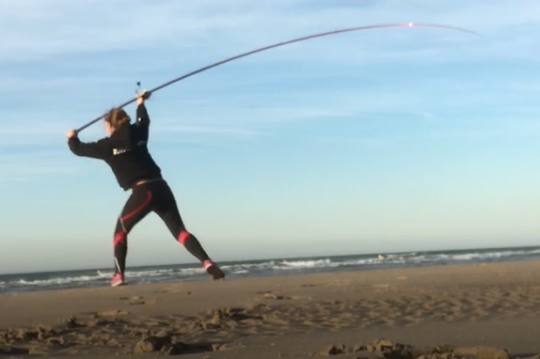
Prospecting fishing from 5 to 200 meters!
The fish can be found at 5 meters from the edge as well as at 150 meters, the fisherman in surfcasting is faced with a large fishing area in which his goal is to find the location of his target: sea bass, mullet, flounder, plaice, flounder, sole, whitefish, marbled, bream, bream, triggerfish, eel, conger, etc.
In order to prospect as efficiently as possible, it is common for an angler to have two rods in action. One for long distance fishing and one for edge fishing. This not only allows two areas to be fished but also allows for a variety of strategies with different leaders and baits.
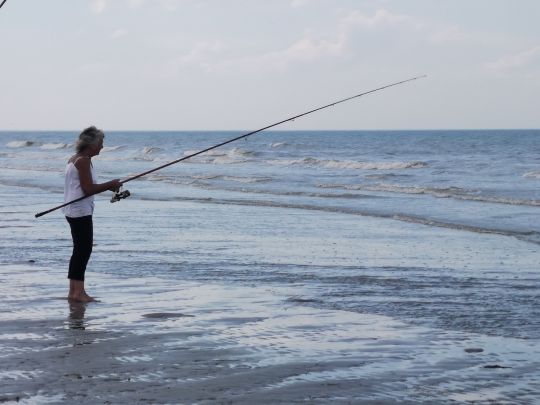
Low tide or high tide?
A fishing session can last from 1 hour to more than 4 hours! It is up to the fisherman. As everyone knows, in one day, there are two tides. Most of the time, a fisherman will choose a time of day and a time of tide.
The first choice is between day and night fishing. Then it is a matter of deciding whether he prefers to fish when the tide is rising or falling and thus to continue fishing at high or low stall. Here it is a matter of preference, experience and strategy. The species of fish can vary in the same fishing area depending on whether it is high or low tide.
In the next articles, you will find advice on how to equip yourself, how to design your own mounts and competition reports.

 /
/ 